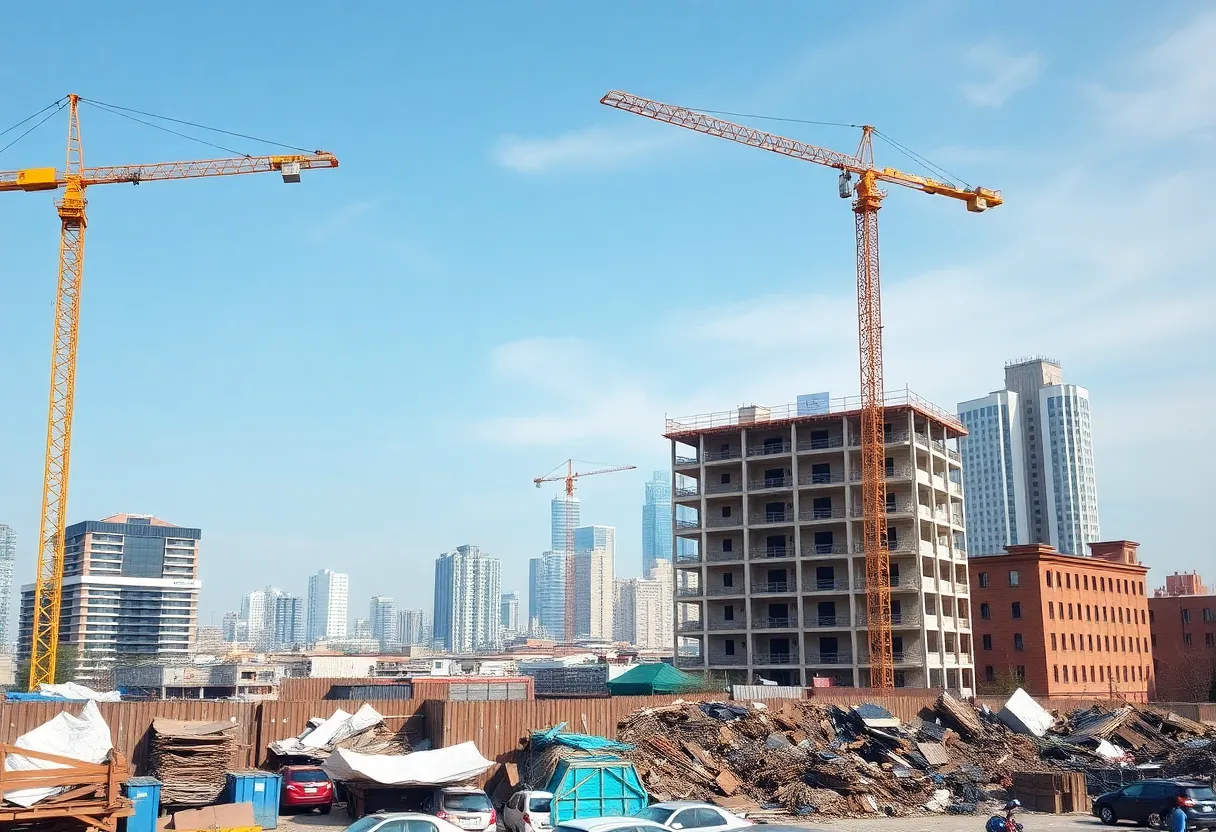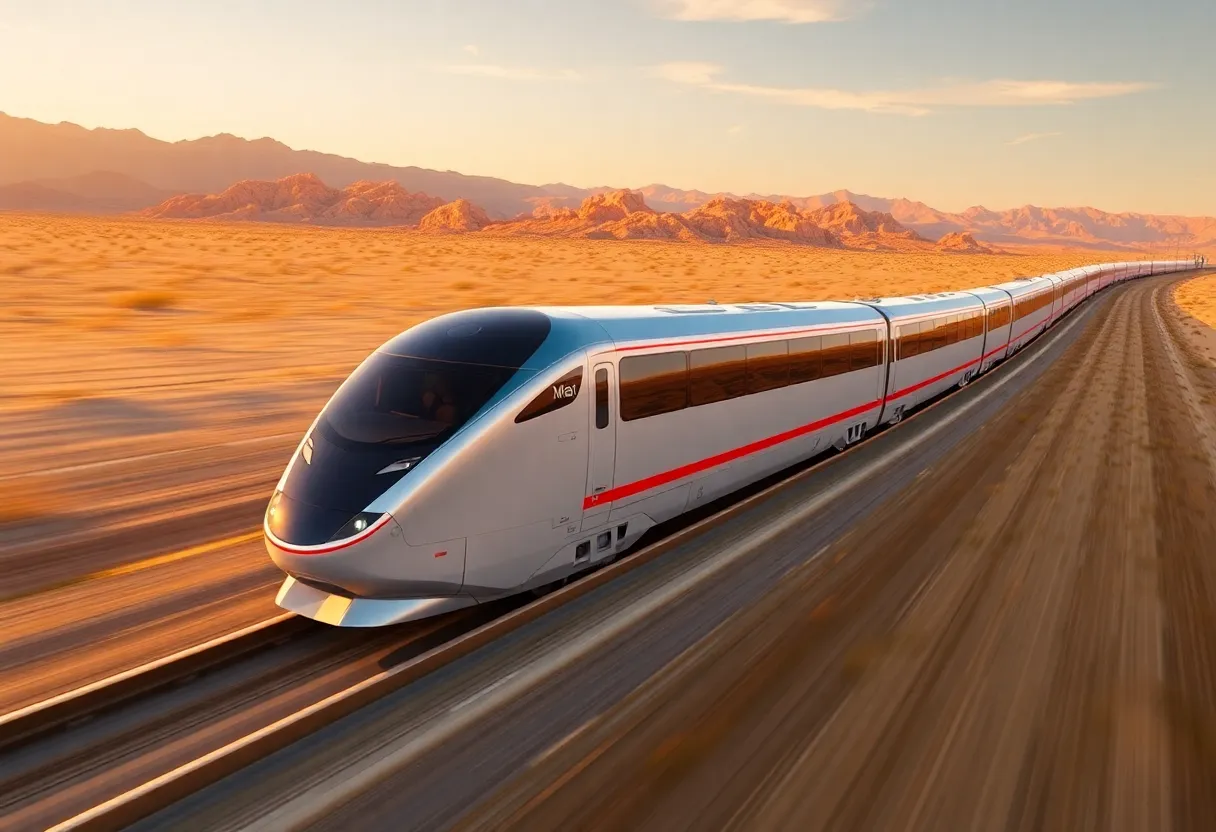News Summary
Recent data indicates a varied performance within the U.S. construction industry. While single-family and multifamily building permits show a decline nationally, regions like the Northeast and Florida exhibit noteworthy growth. Federal infrastructure spending is aiding a steady recovery in construction activity, although the sector is still facing challenges including labor shortages. In contrast, the automotive industry is contending with rising input costs and supply chain issues, prompting strategic adjustments among manufacturers. Investors are encouraged to explore opportunities in these fluctuating markets.
U.S. Building Permits in Q1 2025: A Mixed Bag for Construction and Automotive Industries
The latest data on U.S. building permits for the first quarter of 2025 shows a divergent trend between the construction and automotive sectors. While the construction industry exhibits signs of slow but steady normalization, the automotive sector grapples with challenges that are hampering its progress.
Declines in Single-Family and Multifamily Permits
According to the figures released, national single-family building permits have seen a 3.8% decrease year-over-year. Similarly, multifamily building permits also declined by 3.7% in the same period. Despite this overall downtrend, regional variations highlight that certain states are performing better than others.
Regional Highlights: Growth Amid Declines
The Northeast region of the United States has experienced a noteworthy 9.2% increase in single-family permits, bucking the national trend. In Florida, the multifamily sector reported a significant surge, with permits soaring by an impressive 48.8%. These localized improvements suggest that while overall permit figures may be down, pockets of growth exist that reflect unique economic conditions.
Infrastructure Spending as a Catalyst for Recovery
The recovery of the construction sector is further bolstered by federal infrastructure spending. Anticipated short-term reductions in interest rates are also expected to benefit the construction industry. Policies articulated in the Infrastructure Investment and Jobs Act (IIJA), the Inflation Reduction Act (IRA), and the CHIPS and Science Act are stimulating demand in various areas, including data centers, renewable energy projects, and advanced manufacturing facilities.
Growth Forecasts and Investor Opportunities
Experts are projecting a 1.8% growth in construction activity for 2025, despite prevailing challenges like labor shortages and rising material costs. Companies such as Caterpillar and Vulcan Materials are likely to benefit from this uptick in infrastructure spending. Furthermore, popular exchange-traded funds (ETFs) like the S&P 500 Homebuilders ETF (XHB) and the Industrial Select Sector SPDR Fund (XLI) could present investors with diversified exposure to the construction market.
Automotive Sector Faces Significant Challenges
Adjusting Manufacturing Strategies
Major automotive players such as Tesla and Ford have had to reschedule timelines for their battery plant expansions. The automotive sector’s reliance on a just-in-time (JIT) manufacturing model is now undergoing scrutiny due to vulnerabilities exposed in the supply chain. Collaborations and partnerships, such as Volkswagen teaming up with Xpeng and Stellantis with Leapmotor, are increasingly becoming essential for reducing costs and speeding up electric vehicle (EV) production.
Shifts in Investment Strategy
Meanwhile, analysts suggest that investors consider a heavier allocation to construction and engineering equities by the third quarter of 2025. With a resilient labor market indicator, as shown by a 4-Week Moving Average of Initial Jobless Claims at 229,500, particularly in infrastructure and housing, allocating 10-15% in construction ETFs following positive jobless claims data could yield considerable returns.
Conclusion: A Sector in Transition
The recent building permits data illustrates a construction sector in transition, acting as a growth catalyst, while the automotive industry faces significant structural challenges. As investors navigate this evolving landscape, adapting portfolios to capitalize on construction growth while remaining mindful of automotive risks seems prudent. With ongoing economic conditions creating a complex outlook, agility and sector-specific insights will be key in shaping investment strategies moving forward.
Deeper Dive: News & Info About This Topic
Additional Resources
Author: Construction CA News
The CALIFORNIA STAFF WRITER represents the experienced team at constructioncanews.com, your go-to source for actionable local news and information in California and beyond. Specializing in "news you can use," we cover essential topics like product reviews for personal and business needs, local business directories, politics, real estate trends, neighborhood insights, and state news affecting the area—with deep expertise drawn from years of dedicated reporting and strong community input, including local press releases and business updates. We deliver top reporting on high-value events such as the Rose Parade, Coachella, Comic-Con, and the California State Fair. Our coverage extends to key organizations like the California Building Industry Association and Associated General Contractors of California, plus leading businesses in technology and entertainment that power the local economy such as Apple and Alphabet. As part of the broader network, including constructionnynews.com, constructiontxnews.com, and constructionflnews.com, we provide comprehensive, credible insights into the dynamic landscape across multiple states.




